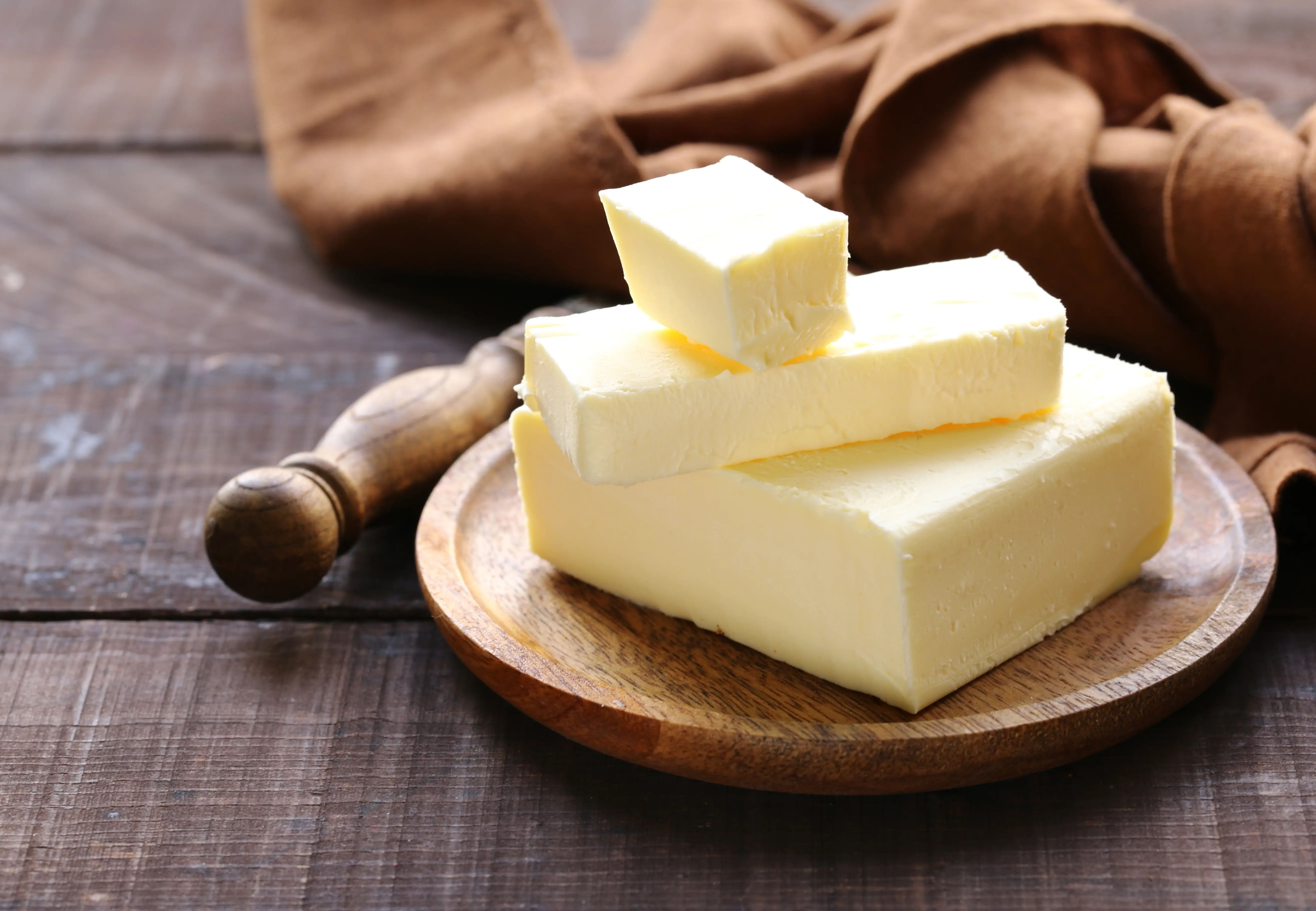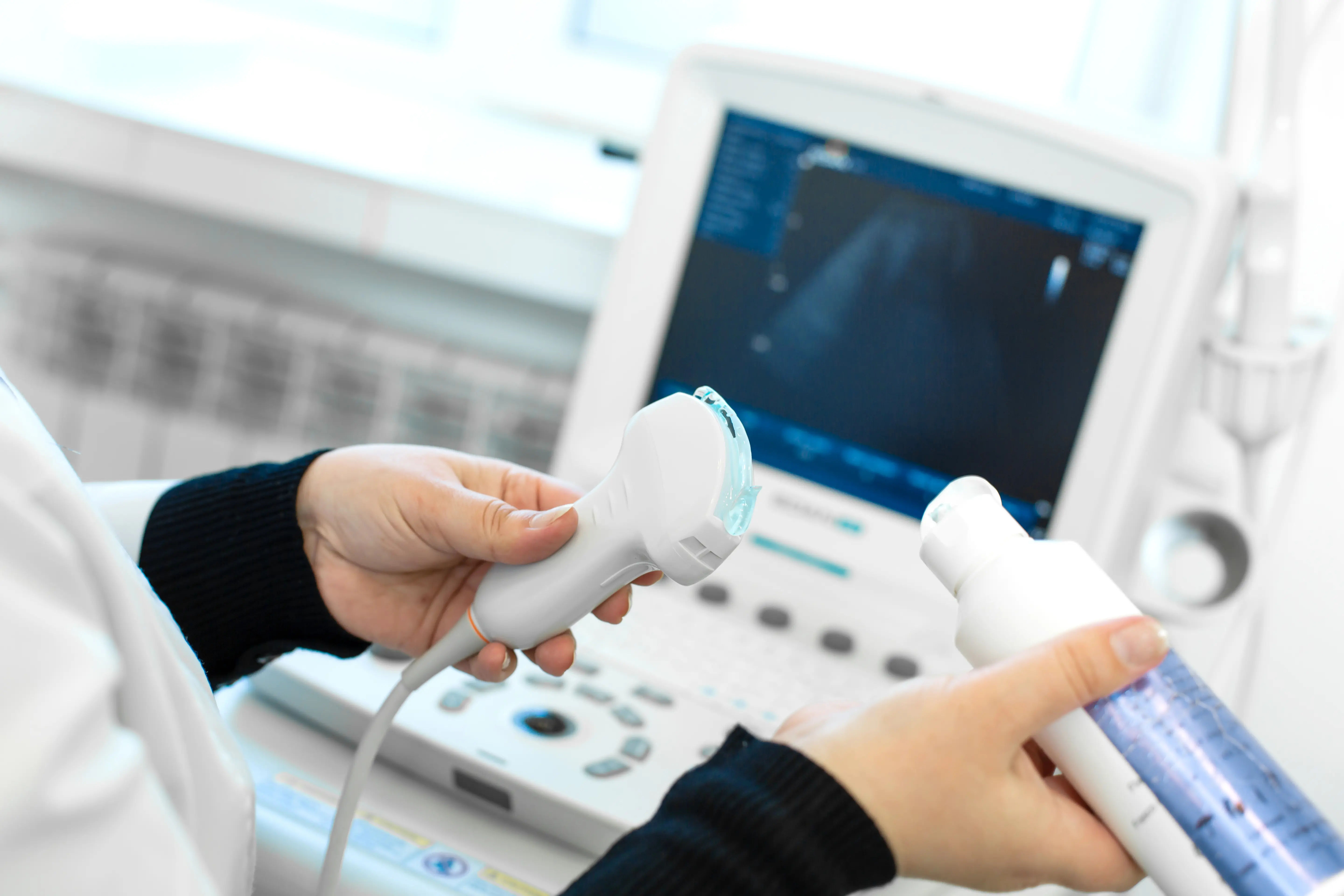Guide to Beat The Heat Tips To Stay Safe During Summer
Stay cool and safe this summer! Get essential tips and tricks to beat the heat, prevent heatstroke, and enjoy the season. Your ultimate guide for a healthy, comfortable summer.

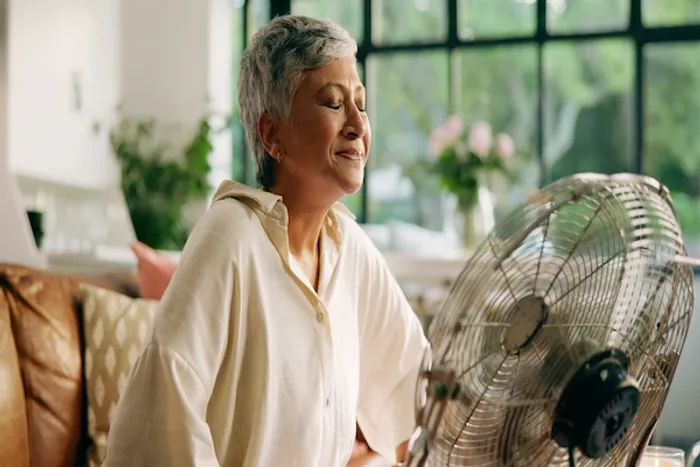
Introduction
Summer should be a season of sun, fun, and fresh air—not heat stress. Yet rising temperatures and humidity can quickly turn a warm day into a health risk. The combination of heat and moisture makes it harder for sweat to evaporate, so your body can’t cool itself as effectively. That’s why heat waves are among the deadliest weather events each year, and why simple steps can keep you safe. This guide brings together the best expert advice on how to beat the heat, stay safe, and enjoy summer—from hydration and sun protection to home cooling, outdoor exercise, and first aid for heat illness. You’ll learn how to read the heat index, plan your day, protect vulnerable family members, and respond fast if symptoms appear. Whether you’re working outside, chasing kids at the park, or planning a road trip, we’ve got practical, science‑backed tips to help you stay cool and healthy all summer long.
Heat 101: Why Summer Heat Becomes Dangerous
Heat is more than a number on the thermometer. Humidity amplifies the effect by slowing sweat evaporation, which raises your “feels like” temperature—the heat index. For example, 32°C (90°F) at 60% humidity can feel like 38°C (100°F), and the risk of heat illness rises sharply as the heat index increases . Most public warnings—advisories, watches, and warnings—are based on heat index thresholds. When alerts are issued, it’s your cue to adjust plans, seek air‑conditioned spaces, and check on vulnerable people.
Who’s at highest risk? Infants and young children, adults over 65, people with heart, kidney, or lung disease, those taking certain medications (like diuretics, antihistamines, anticholinergics, or beta‑blockers), and outdoor workers or athletes who aren’t yet acclimated to the heat . Pregnant people can also overheat faster because of higher metabolic load.
Two practical takeaways: First, track both the heat index and the day’s humidity to time activities for early morning or late evening. Second, understand the limits of fans: above roughly 35°C (95°F) in high humidity, fans can move hot, moist air over the skin without meaningful cooling; use air conditioning, cool showers, or evaporative cooling where climate‑appropriate My unique tip: create a “green zone” heat plan for yourself—temperatures and humidity levels where you feel normal, a “yellow zone” where you shorten outdoor time and add hydration breaks, and a “red zone” where you move activities indoors and prioritize cooling centers.
Consult a Top General Physician
Hydration and Heat‑Wise Eating
Hydration is your first defense. For light activity on hot days, aim to sip fluids frequently—clear urine is a good sign of hydration. During exertion in heat, a practical guideline is about 250–500 mL (1–2 cups) every 15–20 minutes, adjusting for sweat rate, body size, and conditions . Water is great for most, but if you’re sweating heavily for over an hour, an oral rehydration solution or a low‑sugar sports drink can help replace sodium and potassium—key for preventing heat cramps and dizziness (best hydration drinks for heatwave; signs of dehydration in adults). A quick self‑check: headaches, dark urine, fatigue, or lightheadedness often signal dehydration.
- Eat to support hydration: foods with high water content (watermelon, cucumber, oranges, tomatoes, yogurt) provide fluid, minerals, and cooling satisfaction. Smaller, more frequent meals reduce heat produced by digestion. Limit alcohol (it’s diuretic) and very sugary beverages that can worsen dehydration; caffeinated drinks count toward fluids for most people, but avoid overdoing them if they make you urinate more.
- Consider sodium: if you’re a “salty sweater” (white salt stains on hats/clothes), include lightly salted foods or electrolyte tablets during prolonged sweaty activities. People with heart, kidney disease, or on diuretics should ask their doctor about safe electrolyte strategies. If you’re unsure, consult a clinician—if lightheadedness, cramps, or dehydration persist beyond a day or recur, you can consult a doctor online with Apollo 24|7 for personalized advice, and if needed they can arrange tests such as electrolytes via convenient home collection.
- Unique insight: pre‑hydration matters. Start your day with 300–500 mL of water before leaving home, and preload a chilled bottle with a pinch of salt and a squeeze of citrus for taste and electrolytes if you anticipate heavy sweating.
Sun and Skin Protection You Can Stick With
Heat and sun are partners in crime. While the heat index reflects thermal stress, UV radiation raises your risk of burns and skin cancers. Protecting your skin helps your body regulate temperature and reduces inflammation.
- Clothing comes first. Choose lightweight, loose‑fitting, light‑colored fabrics that breathe (cotton, linen, moisture‑wicking synthetics). UPF‑rated garments block more UV. A broad‑brimmed hat shades your face and neck; UV‑blocking sunglasses protect eyes and surrounding skin.
- Sunscreen 101: use SPF 30 or higher, broad‑spectrum (UVA/UVB), water‑resistant if you’re sweating or swimming. Apply a generous amount—about a shot‑glass for full body—15 minutes before going out, and reapply every 2 hours or after swimming/sweating . Don’t forget ears, neck, tops of feet, and the scalp if you have thin hair. For sensitive skin, look for mineral sunscreens with zinc oxide or titanium dioxide.
- UV vs. heat: A breezy cool morning can still have high UV, and an overcast hot day can burn you through clouds. Use the UV index to plan shade and clothing; use the heat index to plan cooling and hydration (UV index vs heat index). Pro tip: keep a small “go‑bag” by the door—sunscreen, lip balm with SPF, collapsible water bottle, hat, and a cooling towel—so sun and heat protection are effortless.
Keep Your Home Cool (Even Without AC)
Your home can be a refuge even in a heat wave. Start with passive cooling: close blinds/curtains on sun‑exposed windows during the day; open windows for cross‑ventilation at night when the outside air is cooler. Use reflective shades if possible. Place a fan to pull in cooler air at night and another to push out hot air high on the opposite side—this creates a cooling draft.
- Know fan limits: when indoor air is very hot and humid (around or above 35°C/95°F), fans may not cool you effectively—consider air conditioning, spending time in cooled public spaces, or using cool showers and damp cloths on pulse points (neck, wrists) . Evaporative coolers (“swamp coolers”) can be effective in dry climates but not in humid ones. Dehumidifiers help in humid homes by improving sweat evaporation.
During a power outage heatwave, move to the coolest room (lowest level), wear damp clothing, and use cool baths. Identify local cooling centers in advance—libraries, malls, community centers often serve this role during advisories . Create a check‑in buddy system—text neighbors, especially older adults, twice daily.
- Unique insight: pre‑cool your bedroom in the evening; freeze a bottle of water to place in front of a fan for a brief evaporative effect; and set a “shaded water station” by a window to remind you to drink regularly (how to cool a room without AC; power outage heatwave preparation).
Move Safely: Exercise, Sports, and Outdoor Work
You can be active in summer with smart planning. Schedule strenuous workouts for early morning or later evening when the heat index is lower. Follow the “rule of slow start”: cut your usual intensity by 20–40% in the first hot week and build gradually—acclimatization takes 7–14 days and significantly reduces heat illness risk. For outdoor workers and athletes, a water–rest–shade cycle is essential: drink small, frequent amounts; rest in shade or AC; and pace tasks to avoid overheating (heat safety tips for outdoor workers).
- Break planning example: in moderate heat, a 15‑minute rest each hour in shade may suffice; in very high heat, rest more frequently and shorten work bouts. Use cooling strategies—ice towels on the neck, misting bottles, and shade can lower skin temperature and perceived exertion.
Warning signs of overexertion include cramps, dizziness, nausea, pounding pulse, or unusual fatigue. Stop, cool down, and hydrate at the first signs—don’t “push through.” For team sports, create a shared safety plan: a designated heat monitor, cold water/ice towels on sidelines, and a clear policy for canceling or moving practice times based on heat index (safe exercise in hot weather; heat index chart explained).
- Unique insight: track your “sweat weight.” Weigh yourself before and after a run or match; each kilogram lost equals roughly a liter of fluid. Replace 100–150% of that over the next few hours with water and electrolytes to speed recovery and reduce next‑day risk.
Special Considerations: Babies, Seniors, Pregnancy, and Chronic Illness
Babies and young children heat up faster and often can’t express thirst. Dress them lightly, offer fluids often (breastfeeding/chilled water for older toddlers), and keep naps in the coolest room. Never leave a child in a parked car—even for a minute. Interior temperatures can rise about 11°C (20°F) in 10 minutes and 22°C (40°F) in an hour, even with windows cracked . Touch the car seat buckles—they can burn tiny hands.
Older adults may have reduced thirst sensation, take medications that alter fluid balance, and have underlying conditions. Encourage scheduled sips of water, easy‑to‑reach bottles, and regular temperature checks at home. Create a daily check‑in routine during heat advisories. If dizziness, confusion, or fainting occurs, seek medical care promptly.
Pregnant people and those with heart disease, diabetes, or kidney disease should plan extra breaks, avoid the hottest parts of the day, and discuss medication timing and fluid/electrolyte plans with a clinician. Certain drugs—diuretics, some antihistamines, anticholinergics, beta‑blockers, and psychotropics—can increase heat risk . If you have chronic conditions or take these medications, consider a pre‑summer medication review. If symptoms like swelling, persistent fatigue, or heat rash last beyond two days, consult a doctor online with Apollo 24|7 for further evaluation. For those at risk of dehydration or electrolyte imbalance, Apollo 24|7 offers a convenient home collection for tests like sodium, potassium, and kidney function that can guide safer summer plans.
- Unique insight: build a “cool companion kit” for vulnerable family members—insulated bottle, electrolyte packets, a light scarf for sun, a portable fan/mister, and a card with local cooling center addresses.
Recognize and Respond: Heat Cramps, Exhaustion, and Heatstroke
Heat illnesses exist on a spectrum, and quick action prevents progression.
- Heat cramps: painful muscle spasms during/after exertion. Move to a cool place, gently stretch, and drink fluids with electrolytes. Avoid heavy exertion for at least 24 hours.
- Heat exhaustion: heavy sweating, weakness, cold/clammy skin, nausea, headache, dizziness, or fainting. Skin may be pale; body temperature often normal to slightly elevated. Act fast: move to a cooler place, loosen clothing, apply cool wet cloths or take a cool bath, and sip water slowly\. If symptoms worsen or last longer than an hour, seek medical care.
- Heatstroke: a medical emergency. Signs include body temperature around or above 40°C (104°F), hot/red/dry or damp skin, confusion, slurred speech, seizures, or unconsciousness . Call emergency services immediately. Begin rapid cooling while awaiting help: remove excess clothing, apply ice packs to armpits/groin/neck, use cool water immersion if feasible, or place in a cool environment . Do not give fluids to someone who is confused or unconscious due to aspiration risk.
- Aftercare matters: even mild heat illness can strain the heart, kidneys, and muscles. Rest, hydrate, and avoid strenuous activity for at least 24–48 hours. If symptoms persist beyond two days—or if you have underlying conditions—consult a doctor online with Apollo 24|7 for guidance and to assess whether further tests are needed.
- Unique insight: rehearse a “heat emergency drill” with family or teams. Know who calls, who gathers cooling supplies, and where the ice, tub, and shade are. Seconds saved can be organ‑saving.
Daily Life in Hot Weather: Travel, Commuting, Pets, and Food Safety
Travel and commuting concentrate heat risks. Pre‑cool your vehicle, park in shade, and use reflective windshield covers. Never leave children or pets in cars—even briefly. On public transport, carry a refillable bottle, sit near windows or vents, and avoid packed cars if possible during peak heat.
- Pets: Walk dogs at dawn and dusk; test pavement with the back of your hand—if it’s too hot for you, it’s too hot for paws. Provide shade and multiple water bowls; flat‑faced breeds and older animals overheat faster. Watch for excessive panting, drooling, weakness, or collapse—these warrant urgent veterinary care [13] (pets in hot weather safety tips).
- Food safety: Hot weather accelerates bacterial growth. Follow the “Clean, Separate, Cook, Chill” rules. Keep cold food at or below 4°C (40°F) and hot food at or above 60°C (140°F); the “danger zone” between 4–60°C (40–140°F) should be avoided . At picnics, use insulated coolers with plenty of ice; keep coolers in shade; return leftovers to cold storage within two hours—or just one hour if above 32°C (90°F). Pack a thermometer for coolers on long trips (summer food safety; foods that keep you cool in summer).
- Unique insight: make a “cool map” for your commute—identify shaded routes, buildings with AC you can duck into for five minutes, and public refill stations. Five‑minute micro‑cooling breaks can change how you feel for the next hour.
Air Quality + Heat: Double Trouble Days
Hot, sunny days can worsen ozone and wildfire smoke, compounding stress on your lungs and heart. Check both the heat index and Air Quality Index (AQI) each morning. On high‑AQI days, move vigorous activity indoors, use an air purifier if you have one, and consider a well‑fitting mask during smoke events if you must be outside (AQI resources: AirNow.gov). Prioritize air‑conditioned spaces with filtered air.
- Unique insight: synchronize your smart speaker or phone reminders to pull both heat and AQI alerts. A quick check can help you adjust plans before you head out.
Smart Tools and Myths: What Actually Works?
- Useful tools: cooling towels (evaporation helps, especially in dry climates), misting fans, and wearable sensors that track heart rate and skin temperature during workouts. Ice slurries before exercise can lower core temperature slightly and improve tolerance in the heat for some athletes.
- Myths to skip: “Sweating it out” won’t build tolerance in a single session and can be dangerous; acclimatization requires gradual exposure over days . Ice‑cold water is safe for most during heat stress—there’s no evidence it causes stomach cramps in otherwise healthy people, and it may cool you faster. Fans are not a cure‑all; above about 35°C with high humidity, rely on AC or cool water immersion instead.
- Unique insight: heat‑proof your habits. Put your water bottle with your keys; build “drink and shade” cues into phone alarms; and set your calendar to auto‑shift workouts earlier during forecast heat waves.
Conclusion
Summer can be safe, active, and enjoyable—even during heat waves—when you prepare with a plan. Start each day by checking the heat index and AQI, then set your schedule around cooler hours. Hydrate early, choose light clothing and sun protection, and keep your home as cool as possible with shade and smart airflow. If you’re working or exercising outdoors, build in water–rest–shade cycles and listen to your body’s early warning signs. Pay extra attention to babies, older adults, pregnant people, and anyone with chronic health conditions or on medications that affect heat tolerance. Learn the signs of heat illness so you can act quickly—rapid cooling saves lives. For lingering symptoms, questions about medications, or personalized hydration/electrolyte strategies, consult a doctor online with Apollo 24|7; they can also arrange at‑home lab tests if needed. With a few simple habits and a thoughtful plan, you can beat the heat, stay safe, and make the most of summer’s bright days.
Consult a Top General Physician
Consult a Top General Physician

Dr. Rajib Ghose
General Physician/ Internal Medicine Specialist
25 Years • MBBS
East Midnapore
VIVEKANANDA SEBA SADAN, East Midnapore

Dr. Shaik Abdul Kalam
General Practitioner
3 Years • MD (Physician)
Visakhapatnam
Apollo 24|7 Clinic - Andhra Pradesh, Visakhapatnam
(150+ Patients)

Dr. Vasanthasree Nair
General Practitioner
15 Years • MBBS
Angamaly
Apollo 24|7 Clinic - Kerala, Angamaly
(500+ Patients)
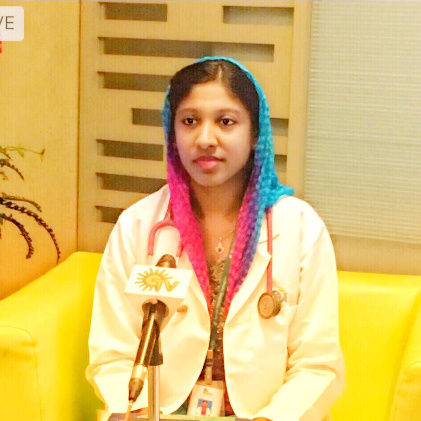
Dr. Afreen Banu Khan
General Physician/ Internal Medicine Specialist
12 Years • MBBS, DDM (Diab). FCC (Cardio)
Chennai
Apollo Speciality Hospitals OMR, Chennai

Dr. Hari Krishna
General Physician/ Internal Medicine Specialist
13 Years • MD (Gen. Med. )
Chennai
Apollo Hospitals Greams Road, Chennai
(50+ Patients)
Consult a Top General Physician

Dr. Rajib Ghose
General Physician/ Internal Medicine Specialist
25 Years • MBBS
East Midnapore
VIVEKANANDA SEBA SADAN, East Midnapore

Dr. Shaik Abdul Kalam
General Practitioner
3 Years • MD (Physician)
Visakhapatnam
Apollo 24|7 Clinic - Andhra Pradesh, Visakhapatnam
(150+ Patients)

Dr. Vasanthasree Nair
General Practitioner
15 Years • MBBS
Angamaly
Apollo 24|7 Clinic - Kerala, Angamaly
(500+ Patients)

Dr. Afreen Banu Khan
General Physician/ Internal Medicine Specialist
12 Years • MBBS, DDM (Diab). FCC (Cardio)
Chennai
Apollo Speciality Hospitals OMR, Chennai

Dr. Hari Krishna
General Physician/ Internal Medicine Specialist
13 Years • MD (Gen. Med. )
Chennai
Apollo Hospitals Greams Road, Chennai
(50+ Patients)
More articles from General Medical Consultation
Frequently Asked Questions
What’s the difference between heat exhaustion and heat stroke?
Heat exhaustion involves heavy sweating, weakness, nausea, and dizziness; cool down and hydrate. Heatstroke is a medical emergency with confusion, possible loss of consciousness, and body temperature around or above 40°C—call emergency services immediately (heat exhaustion vs heat stroke symptoms).
How much should I drink during a heatwave?
Sip fluids regularly; during activity, about 250–500 mL every 15–20 minutes. Add electrolytes if you’re sweating heavily for over an hour (best hydration drinks for heatwave).
Is it safe to exercise in hot weather?
Yes, with adjustments: move workouts to cooler hours, lower intensity at first, add water–rest–shade breaks, and stop if you feel unwell (safe exercise in hot weather).
How can I cool a room without AC?
Close blinds on sun‑facing windows, open windows at night for cross‑breeze, use fans strategically, reduce indoor heat sources, and consider evaporative cooling if humidity is low (how to cool a room without AC).
What should I do if heat rash or cramps don’t go away?
Cool the skin, keep it dry, and use loose clothing for heat rash; add fluids and electrolytes for cramps. If your condition does not improve after trying these methods, consult a doctor online with Apollo 24|7 for further evaluation (heat rash treatment at home).
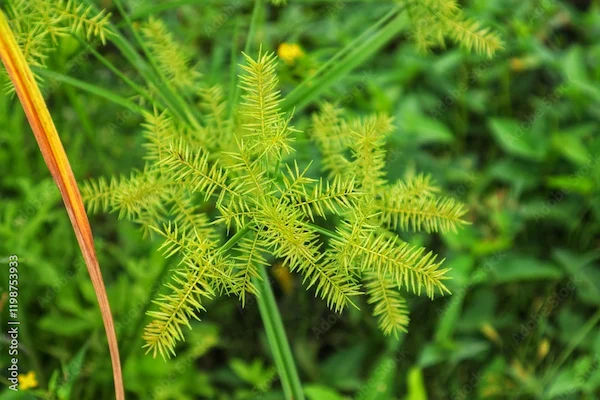
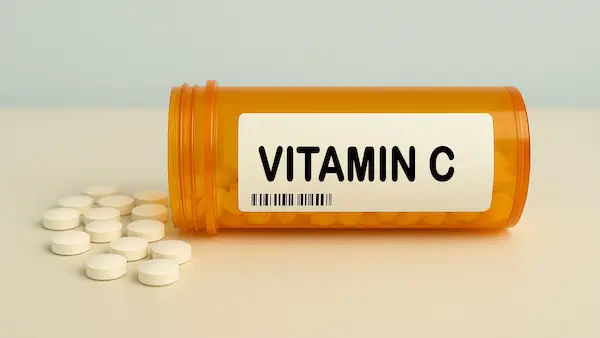
.webp)
